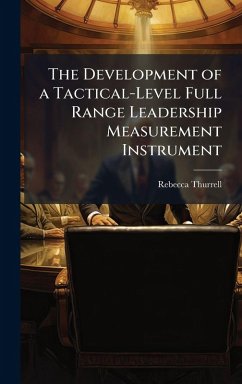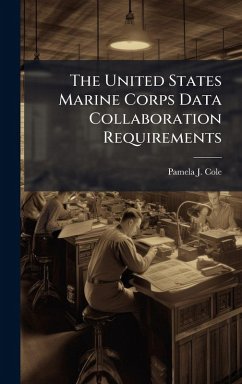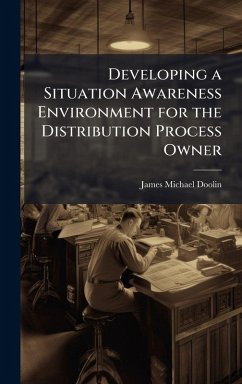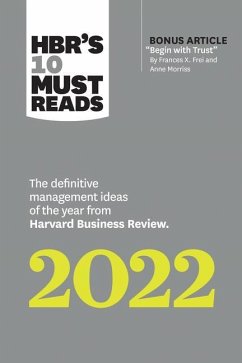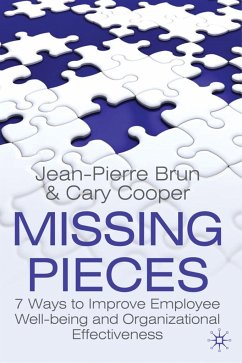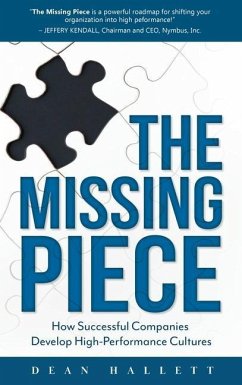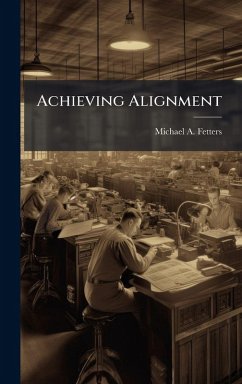
The AFSO21 Toolbox's Missing Tactical Tool
Versandkostenfrei!
Versandfertig in über 4 Wochen
25,99 €
inkl. MwSt.
Weitere Ausgaben:

PAYBACK Punkte
13 °P sammeln!
This paper explores and assesses the implementation of AFSO21 at the strategic, operational, and tactical level on the Air Force's journey to transformation. Using logistics community examples, it focuses on the tactical environment where our lowest-level technicians operate on a daily basis. It provides evidence that implementation of AFSO21 initiatives at this level can present redundancies and hybrid systems that are less than efficient. As a possible solution, it introduces an alternative concept which incorporates daily tasks and the value stream in the context of an information managemen...
This paper explores and assesses the implementation of AFSO21 at the strategic, operational, and tactical level on the Air Force's journey to transformation. Using logistics community examples, it focuses on the tactical environment where our lowest-level technicians operate on a daily basis. It provides evidence that implementation of AFSO21 initiatives at this level can present redundancies and hybrid systems that are less than efficient. As a possible solution, it introduces an alternative concept which incorporates daily tasks and the value stream in the context of an information management system. In exploring the theories of organizational change, it draws the conclusion that such systems might be able to influence cultural assumptions. This paper then provides a rationale for focusing on information systems to achieve the next level of cultural transformation. It supports this rationale with multiple organizational change models. It also supports this focus with an assessment of the Air Force's present position in the life cycle of organizational change, and provides evidence that the Air Force is at the right station to implement new technology to advance our progress. It also suggests that leaders can use information systems to influence cultural change by reinforcing AFSO21 value streams on a repetitive and regular basis. This work has been selected by scholars as being culturally important, and is part of the knowledge base of civilization as we know it. This work was reproduced from the original artifact, and remains as true to the original work as possible. Therefore, you will see the original copyright references, library stamps (as most of these works have been housed in our most important libraries around the world), and other notations in the work. This work is in the public domain in the United States of America, and possibly other nations. Within the United States, you may freely copy and distribute this work, as no entity (individual or corporate) has a copyright on the body of the work. As a reproduction of a historical artifact, this work may contain missing or blurred pages, poor pictures, errant marks, etc. Scholars believe, and we concur, that this work is important enough to be preserved, reproduced, and made generally available to the public. We appreciate your support of the preservation process, and thank you for being an important part of keeping this knowledge alive and relevant.




